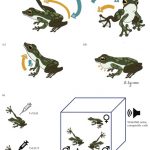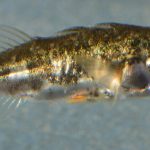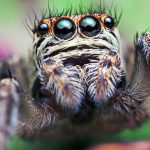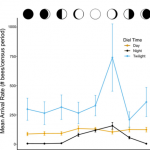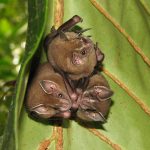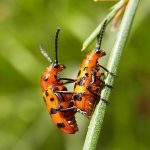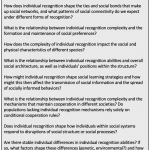This gallery contains 1 photo.
Animals’ mating displays are often multimodal which means that they incorporate different signaling types that include acoustic, visual, chemical, and seismic signals. Depending on environmental conditions, the males of certain species can adapt their multimodal signaling by alternating between signals. … Continue reading

